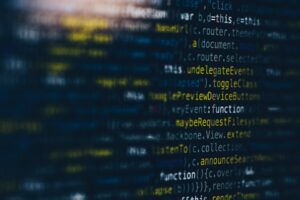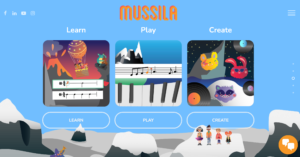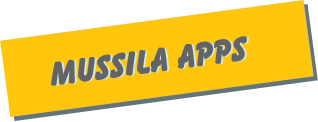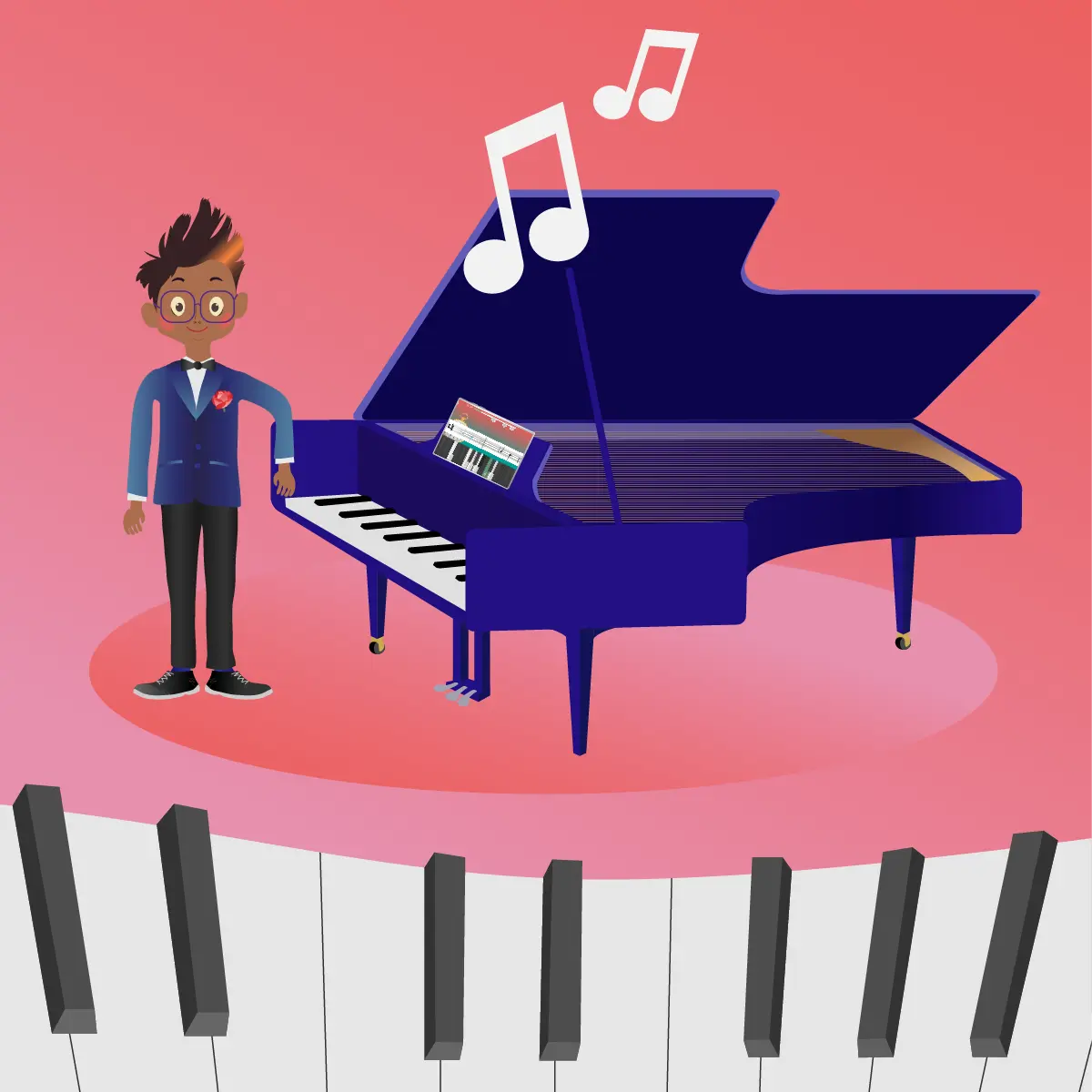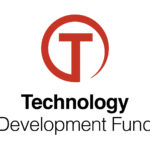By Jonathan Duffy, Arctic Meta
The classroom of today and the classroom most adults experienced when they were children could be viewed as two completely different things. They have the same origins, but they aren’t really anything like each other.
An entire generation ago, most educators created and followed a curriculum based on the best practices within the industry. They would do their best with the resources available to them and endeavour to give each student the best possible education they could. Teaching has never been an easy job, and as the clock of time has marched on, new discoveries about the way students learn have helped to make life better for students, but they have, in some cases, made the task of delivering lessons even harder.
The teachers of today are expected to utilise a great deal of industry research and experience to deliver at an exceptionally high level. It can seem like an overwhelming and daunting task, but it doesn’t have to be thanks to innovations that have helped to streamline how the classroom functions, what is possible for students, and how information is delivered.
This innovation is known as EdTech, but what exactly is it? Why should EdTech be implemented in classrooms? How does it make life easier? Read on to find out all this and more.
What is EdTech?

EdTech might sound a little bit futuristic and complicated, but it’s really not. The term EdTech is a combination of the words’ Education’ and ‘Technology.’ The main principle behind EdTech is using new technologies to help enhance the classroom.
EdTech isn’t seeking to replace teachers with robots in some sort of James Cameron style dystopian future. The fundamentals of education are still going to be taught when EdTech is present. When speaking about EdTech, it’s also not really about just plopping every student in front of a screen and hoping for the best; it’s about using the technology available to maximise the educational output that each student receives.
The best way to think of EdTech is to see it as a way to work smarter instead of having to work harder. In fact, most industries are already using technology to increase productivity. Almost every adult in the workforce has come into contact with tools like Slack, Zoom and Microsoft Teams, so it stands to reason that the education systems throughout the world also deserve to get some ‘E-assistance.’
Why Should We Embrace EdTech in the Classroom?

Apart from progressing with most other industries, embracing EdTech in the classroom has some fascinating benefits that could stand to revolutionise the way kids learn and dramatically alter their potential learning journeys. The potential benefits are almost endless but below are some of the major reasons why EdTech should be a permanent fixture in the classroom.
Supporting Different Learning Needs

Most educational experts agree that the idea that every student responds the same way to educational material is outdated and simply not true. The current trend is one that understands every student is different and therefore has different educational needs.
In the past, students with Special Education Needs (SEN) were often left behind by their peers through no specific fault of the teachers; it was simply that the way education was delivered didn’t really allow the possibility of meeting individual students’ needs.
The implementation of EdTech in the classroom has already begun to assist in promoting engagement, enabling independence and breaking down physical barriers for SEN students. The possibilities for SEN kids will dramatically change in the future as a result of embracing EdTech.
Tailoring Education to Individual Children

Understanding that no two students are the same isn’t limited to kids with special learning needs, every single student is fundamentally different, and research has shown that finding a way to cater to their specific individual needs will produce more desirable outcomes from their education.
EdTech allows teachers to cater to the individual by offering a broader range of learning methods and helping them to see at a glance exactly how each student is doing in the class.
Easy Assessments

In the past, the end of term, semester and year assessments have been something that students, teachers and, to some extent, parents have dreaded. It has normally been a complex time that involves looking at the cumulative demonstrated knowledge of individual students and trying to determine where they are at. Students are given a grade that reflects their overall position, and it is intended to be a benchmark for all involved to assess their strengths and weaknesses.
One problem with the way this (more analogue) system works is that it relies on the assessment being delivered at the end. Some could argue that this is too late. It would be better if teachers could get an idea at any given point throughout the year how a student is doing and adjust lessons or assign extra work to help get them to where they need to be. This is totally possible with EdTech.
Most EdTech software contains an educator’s panel where they can instantly get detailed information on student progress; this doesn’t just change things for assessment; it also helps to form a more solid image of a student’s journey throughout the year.
Does EdTech Change Testing?

Currently, it doesn’t look like EdTech is going to completely overhaul the way students are tested. It’s important to remember that the decisions about how the education system works are still the product of governments, ministers, parents and citizens. Assessment is still necessary to determine if a student has reached a specified benchmark that has been set in a curriculum.
What will most likely change is that EdTEch will be used to define better indicators for assessment. It’s a bit like that saying many people hear used when it comes to technology and innovation, ‘working smarter, not harder.’ The main takeaway here is that perhaps in the future, thanks to EdTech, assessment isn’t looked at as a simple pass or fail; it’s more of a chance to see where an individual, class, or school system sit when compared to their peers and how they can be helped to get better.
What Are the Main Hurdles to Implementing EdTech in the Classroom?

Although EdTech has already started to be introduced in classrooms all around the world, there are still some obstacles to overcome in order to make it efficient, safe, equitable and ethical for everyone. Implementing EdTEch is more complex than just bringing a computer game into the classroom. Currently, there are three main areas where EdTech will face some challenges.
Translate Research into Actionable Recommendations For Educators

In the grand scheme of education, although the seeds of modern-day educational technology were planted over 40 years ago, EdTech is still in its early days. Each time a new piece of EdTech is made and implemented, its effectiveness needs to be tracked and noted.
Researchers need time to look at their findings and translate them into recommendations that can be actioned to improve technologies, software and practices.
Data Ownership Rights
Data ownership is an incredibly important topic, and it is also involved with EdTech. Most pieces of software deal with data; sometimes, it’s very complex and involves personal information; other times, it’s more simple. When it comes to the topic of EdTech, there is naturally a question over the protection of data.
There need to be clear guidelines over which entities are responsible for the safe storage of data and what they are allowed to do with it. If a school is initiating some EdTech in classrooms, it should be clear at every step of the process whether they, in fact, own any data that is collected as a part of this.
Greater Reassurance to Teachers and Parents

Utilising EdTech to improve the learning experience for students cannot work without the support of teachers and parents. It’s important to make sure that all involved parties understand how the implementation of EdTech would work and what it would mean for them specifically.
In order to do this, there needs to be a greater level of reassurance that the technologies being used are safe and will actually improve the quality of education a child receives. To get the best out of the situation, parents and teachers need to also have the opportunities to learn about EdTech and what it does.
Can EdTech Expand What Teachers Do?

A good way to look at EdTech is not to think of it as a way to replace traditional teachers or a traditional education system; it’s about finding ways to expand and improve what teachers and systems can actually offer students. There are two main ways EdTech can do this.
Enhancing Existing Lessons

All teachers would agree that delivering content in an engaging way is the best path to success for most students. The problem can often be that sometimes it’s hard to find ways to make the content of a lesson more engaging.
The implementation of EdTech resources in the classroom can greatly increase the instructional value of a lesson through gamification. Imagine what it would be like to teach grammar and punctuation but actually have kids excited about it. This is exactly what EdTech aims to do.
Expanding What Teachers Are Able To Do

Experts and innovators are constantly discovering new ways to get the most out of the school day. Many industry professionals hear about these discoveries and innovations and instantly feel that it’s not really something they would ever be able to implement.
EdTech helps to expand the ability of teachers to inject new practices into the classroom that would normally be difficult to introduce and maintain. The biggest influence most teachers are always working against is the clock; there’s simply not enough time in the day to do everything they would like to while still maintaining all the responsibilities that come with the job. EdTech helps to free up time by streamlining the regular day-to-day processes and creating more space and energy to do what they love; teach high-quality lessons.
How Does Mussila Support Children’s Classroom Learning?
Mussila was created as part of the EdTech revolution. The team at Mussila worked very hard with educational experts to create EdTEch solutions that capitalise on the element of play to provide engaging classroom support materials.
Mussila’s two main applications have become very successful. Mussila Music is an award-winning application that uses a ‘Learn, Play, Create’ approach to help students learn a complete music education without the need to buy or rent expensive instruments or even be in a classroom.
WordPlay takes the same award-winning approach as Mussilla Music and applies it to teaching children how to read and comprehend English.
Both applications are available for parents and for schools, with some fantastic additions included for educators in the ‘Schools’ versions. Teachers have their own desktop where they can access information on their students and see their progress within the apps at a simple glance. Teachers are also able to create as many individual or group profiles for students as they wish, which makes using the apps more versatile for individual student needs.
Students are also able to access their Mussila accounts at home so setting and checking homework is a whole lot easier.
Mussila’s innovative education materials also come with support, and if schools would like
to learn more about them, they are invited to start a free trial to find out more.
Conclusion

It wasn’t that long ago that the most technologically advanced that ever happened in a classroom was when a big old TV was wheeled in to show a National Geographic documentary.
Today, technology has advanced at such a rapid rate that the possibilities seem almost endless and possibly for the first time ever, education is truly starting to become a more levelled playing field, with geographical and physical boundaries getting much easier to deal with.
Technology is a part of the modern world, and using that tech to enhance what is possible for students does seem to be a bit of a no-brainer.

